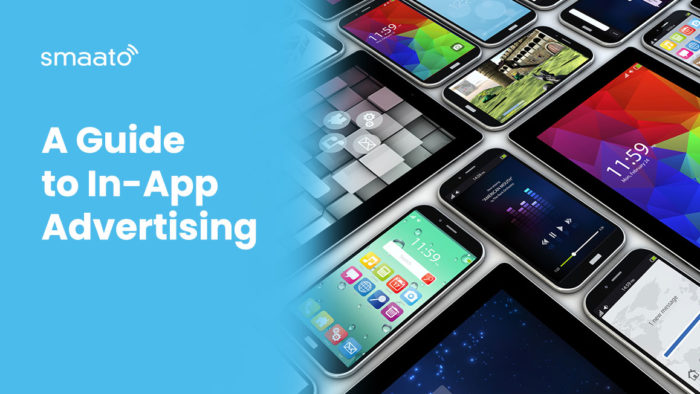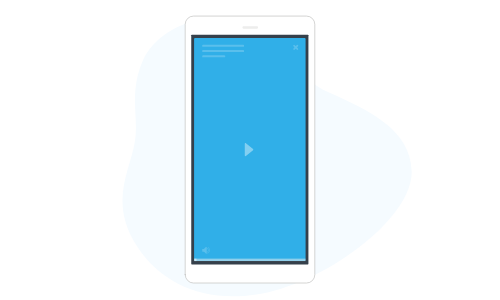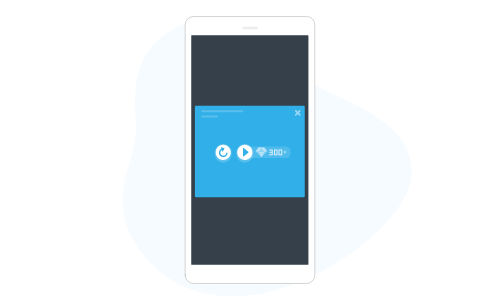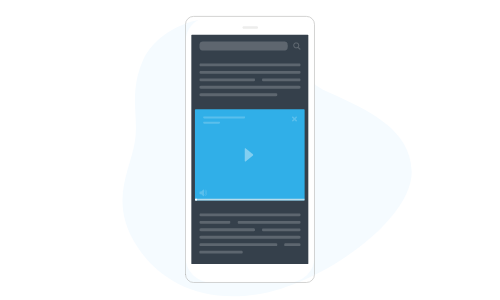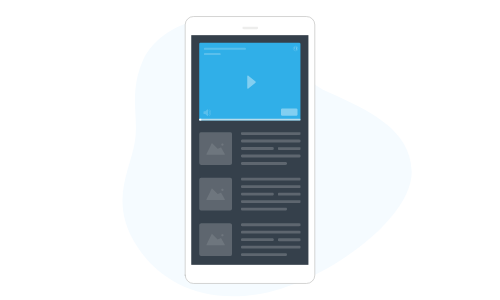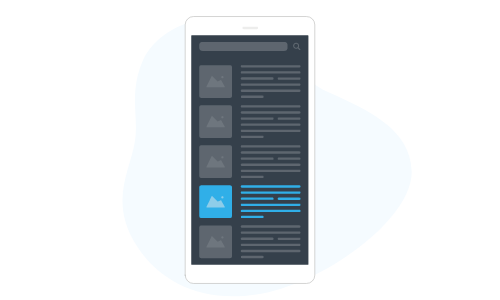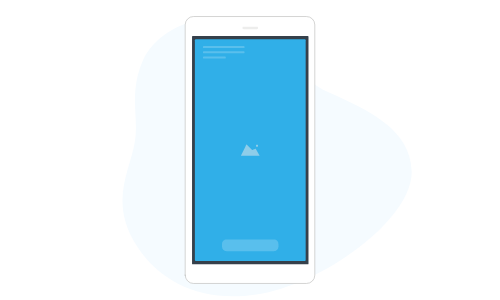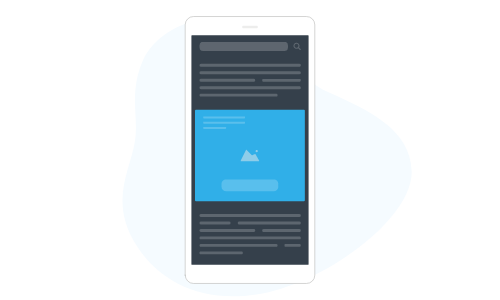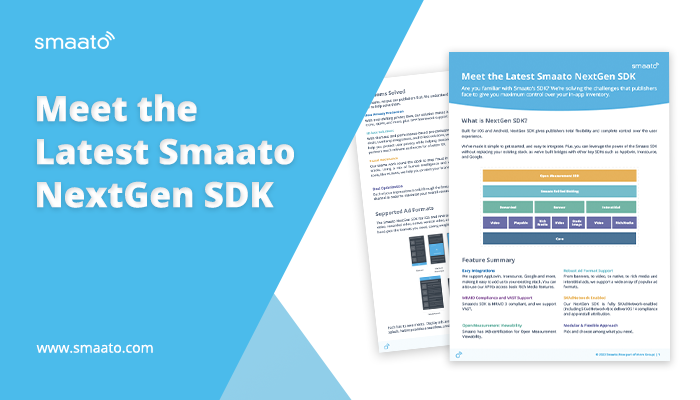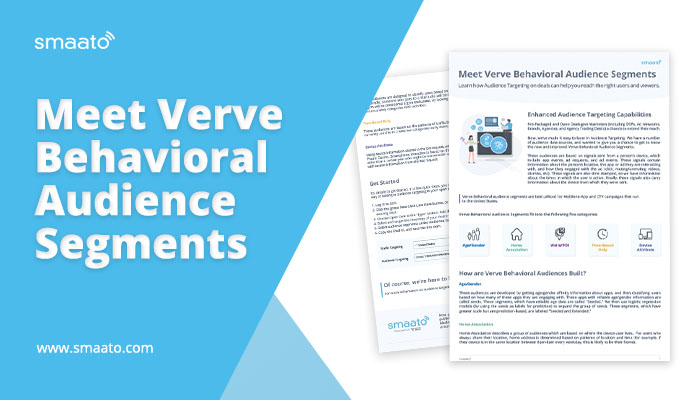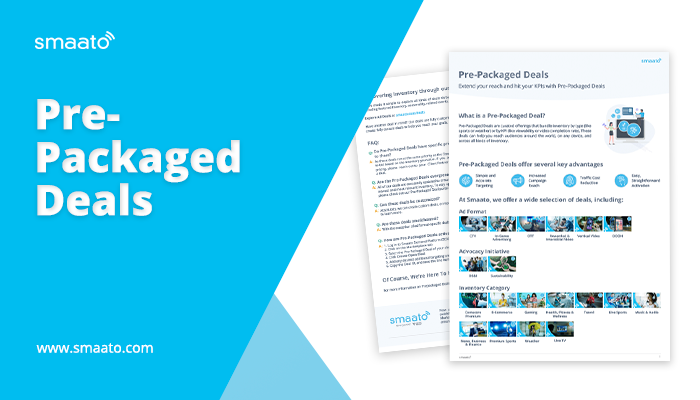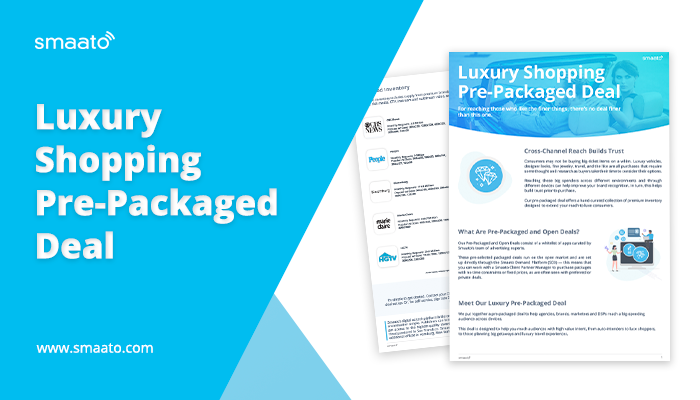Measuring In-App Ad Viewability
In-app advertising, or any advertising for that matter, can only be effective when it is viewed by real people (and not by bots). In the mobile world, an ad can only be considered viewable if the ad content is within the viewable area of the app or mobile website for a minimum period of time.
To provide an industry standard for measuring viewable mobile ad impressions, the Media Rating Council (MRC) published the “Mobile Viewable Ad Impression Measurement Guidelines.” According to the guidelines, a mobile display ad impression can only be considered viewable if it fulfills the following requirements:
- Pixel requirement: At least 50% of the advertisement’s pixels (density-independent) must be on an in-focus browser or a fully downloaded, opened, and initialized application in the viewable space of the device.
- Time requirement: The duration in which the pixel requirement is met must be at least one continuous second, post ad render. This time requirement applies equally to news feed and non-news feed environments.
There are currently several organizations and industry standards that are working to ensure that objective and fair viewability measurement is available in-app:
The IAB Tech Lab is also leading the development of a new technical tool for in-app mobile viewability measurement, the Open Measurement Software Development Kit (OM SDK), which will be the first industry-approved open-source viewability measurement SDK. As a leader in the in-app space since 2005, Smaato is an active participant in the Open Measurement Working Group (OMWG), which is reviewing, testing, and maintaining the SDK. This new viewability measurement standard will be the next step in ensuring a high-quality, transparent advertising ecosystem. Our own SDK, NextGen SDK, comes with open measurement right out of the box, to make it even easier for our partners to measure success.
